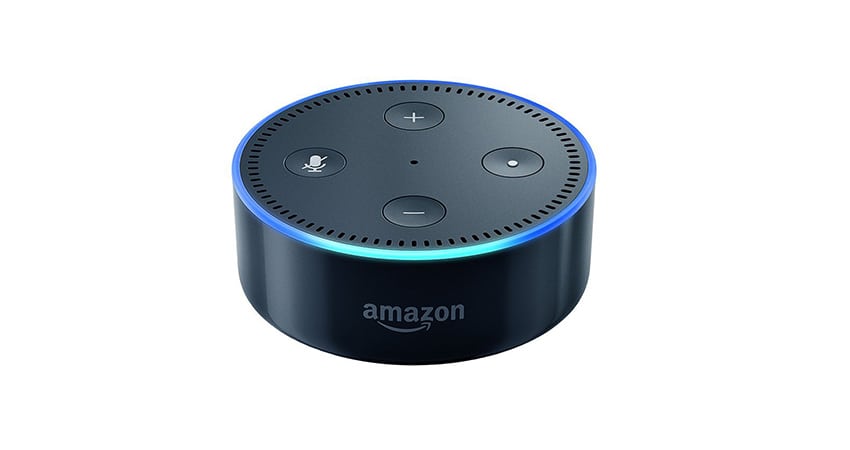A “non-traditional channel” is how 46% of consumers say they prefer to shop today. This non-traditional channel includes mobile, desktop or a voice-controlled device compared to 54% who still prefer the traditional in-store experience.
In a study by Walker Sands, 96% of customers shop online at least occasionally, with 29% making purchases at least weekly. Among online-savvy Millennials, that number is 37% with 8% reporting they shop online daily.
Sixty-one percent of consumers now shop online at least once a month, but more than half of shoppers still visit physical stores at least weekly, stressing the importance of the brick-and-mortar experience.
Mobile shopping however, is clearly on the rise with voice ordering emerging as an important channel for retailers to engage with consumers.
Sixty-five percent of consumers now have mobile shopping apps on their phones and two-thirds report having made a purchase through a mobile app (66%). More than one in four consumers now report that they always or often do most of their shopping on a mobile app and 38% always or often shop on mobile websites.
The increase in mobile shopping doesn’t mean brands and retailers have cracked the code for success, today third-party applications reign on mobile devices. Consumers are more likely to have a marketplace application like Amazon, eBay or Etsy on their mobile device (51%) than a retailer (40%) or branded application (13%).
Retailers and brands today are not only struggling to engage with consumers, they are now also competing for screen share on mobile devices.
When consumers were asked what motivates them to use a retailer’s app more regularly, 31% of consumers said an easier purchasing process, indicating that a faster checkout process like Amazon’s one-click or thumbprint purchasing option may give marketplace apps a leg up. Consumers also cited discounts specific to the application (48%) and more in-depth product descriptions and images (26%) as motivators.
Those under the age of 45 are more likely to open a retailer’s app with only about 18% reporting they are not interested in using them. Having an easier purchasing process (37%) and more in-depth product information (35%) ranks even higher as incentives along with app-only discounts (57%), which indicates retailers may be able to entice younger audiences with a more in-depth and value-added app experience.
With advancements in voice-based technology creating a shift in the way consumers shop and interact with brands today, desktop and mobile devices will become a less important part of the process as voice-driven, IoT and zero UI technologies continue to connect with one another to drive new experiences.
Fifteen percent of consumers already say they always make their purchases by voice. Nineteen percent have made a purchase using Amazon Echo or another voice-controlled device in the last year and 33% plan to make a purchase in the next year.
For younger consumers, voice ordering is even more frequent, 37% of millennials between the ages of 26 and 35 say they “always” or “often” shop online through voice-controlled device. Forty-three percent of consumers in the group report having made a voice controlled purchase over the past year.
However, some of the top concerns consumers have about voice-controlled devices include security (38%) and privacy (33%) when it comes to making a purchase on a voice-controlled device. This was followed by lack of images (31%) and price clarity (29%).
Amazon’s Alexa remains the top device on the market, and is expected to remain in as much control as with 70% of the market share. Amazon’s Echo Show introduction, which offers real-time video and 360 images could eliminate many of the concerns consumers have with traditional voice ordering such as lack of product content and images.

